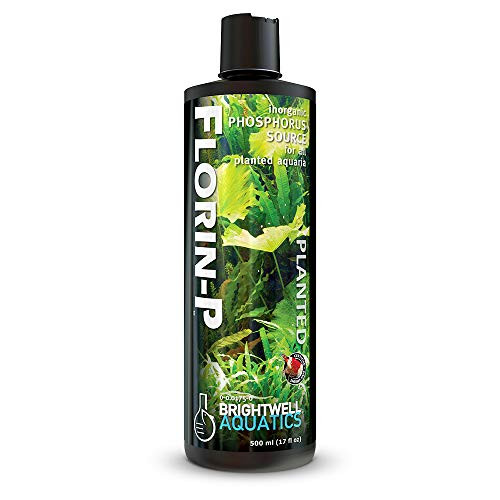Of the three major or "macro-" plant nutrients, phosphorus is required in the least amount. In some aquatic environments with little influx of organic material, the resulting low phosphorus concentration may limit the ability of plants to extract and utilize available nutrients from their surroundings, with the result being slowed or stunted growth. Even in habitats with seemingly-perfect water flow, physical, and chemical conditions (e.g. exposure to intense illumination, pH and water temperature within suitable ranges, adequate inorganic carbon present, abundant nitrogen, potassium, and essential micronutrients), lush, rapidly-growing plants will not be encountered if phosphorus is not present in adequate supply. It may therefore be said that phosphorus is a key to unlocking the potential for nutrient uptake, and the resulting plant growth, in such habitats. Correspondingly, excessive phosphorus content in the described aquatic habitat can result in rapid growth of algae. In general, maintaining a ratio of between ~10 - 20 parts nitrogen per 1 part phosphorus tends to result in steady plant growth without encouraging rampant algae growth; when the N:P ratio decreases (that is, the amount of phosphorus per unit nitrogen increases, or (more simply) the phosphorus concentration in the water begins to increase relative the nitrogen concentration), it is not uncommon for algae growth to become very rapid. Note that the preceding habitat description matches that of densely-planted aquaria housing few fish and/or motile invertebrates such as ornamental shrimp. Florin P provides an appropriate, high-purity form of phosphorus to planted aquaria. It is imperative when using a phosphorus supplement that the system never be overdosed, and that the visible signs of excessive phosphorus become familiar to the aquarist. The goal should be sustained, manageable growth rates of healthy plants, understanding that growth rates will vary between and (sometimes) within species as a result of different physical factors such as light intensity, shading, and water flow which will not be uniform throughout the entire aquarium. Phenolic compounds exuded by higher plants are likely to increase in abundance as a planted aquarium matures, and this helps control algae through natural means. Ensuring that the N:P ratios discussed above are followed will help maintain a healthy planted aquarium, however each system will have different phosphorus and nitrogen requirements based upon the
Brightwell Aquatics Florin-P inorganic Phosphorus Source for All Planted Aquaria 2 L
Was:
$193.70
Now:
$96.85
- SKU:
- V722997
- UPC:
- 0810086015702
- Condition:
- New
- Availability:
- Free Shipping from the USA. Estimated 2-4 days delivery.







